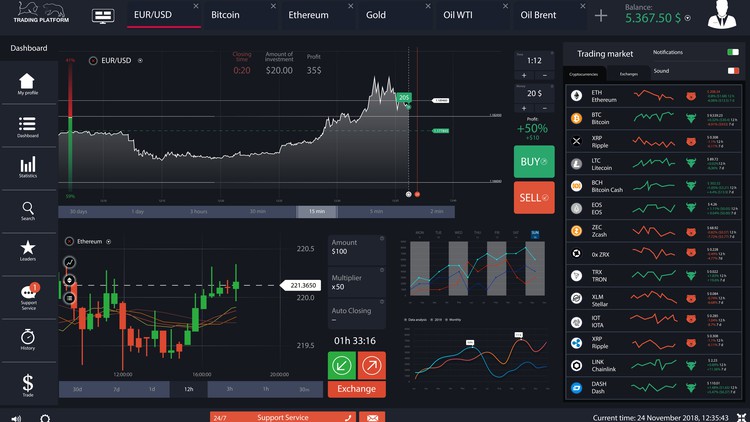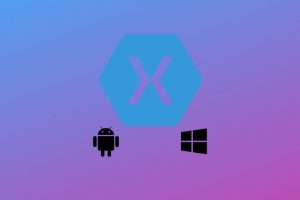Algorithmic trading from A to Z using Python
This includes things like machine learning, price action, backtesting, and real trading on MetaTrader 5. Technical analysis is all about looking at things like this.
What you’ll learn
Algorithmic trading from A to Z using Python
- From start to finish, create an algorithmic trading strategy (data import to live trading).
- You can use MetaTrader 5 and Python to implement any algorithm in live trading.
- Pandas are used to clean data.
- A walkthrough of the most common algorithmic trading strategies (technical analysis, price action, and machine learning).
- Develop tactics for scalping, intraday trading, and swing trading.
- Import your broker’s and Yahoo Finance’s stock prices.
Description
Are you interested in developing algorithmic trading strategies?
Do you have some trading experience and want to learn more about quantitative trading and finance?
Are you just an interested individual who wants to learn more about this topic in order to make money and broaden your knowledge?
I welcome you to this course if you can respond “yes” to at least one of these questions. Python will be used for all of the course’s applications. Don’t worry, however, if you’re new to Python. A free python crash course that includes learning Python is available.
In this course, you will learn how to construct solid strategies using technical analysis, price action, and machine learning. To uncover trends in the data, you’ll use quantitative analysis. We’ll learn how to execute vectorized backtesting after you’ve developed a number of winning methods. Then you’ll use portfolio approaches to minimize drawdown and increase returns.
You’ll study and comprehend how portfolio managers and professional traders employ quantitative analysis:
- Technical analysis (moving average, RSI), price action (Support, Resistance), and machine learning are all examples of modeling (linear regression).
- Backtesting: Perform a good backtest with no errors and as little calculation time as possible (Vectorized Backtesting).
- Portfolio management entails appropriately combining strategies (strategic portfolio).
Why did you choose this course over another?
- This isn’t a programming class, nor is it a trading or machine learning class. It is a trading course that incorporates statistics, programming, and financial theory.
- To ask questions or read our quantitative finance articles, all you need to do is join our free Discord community.
Who this course is for:
- Who is interested in learning algorithmic trading.










